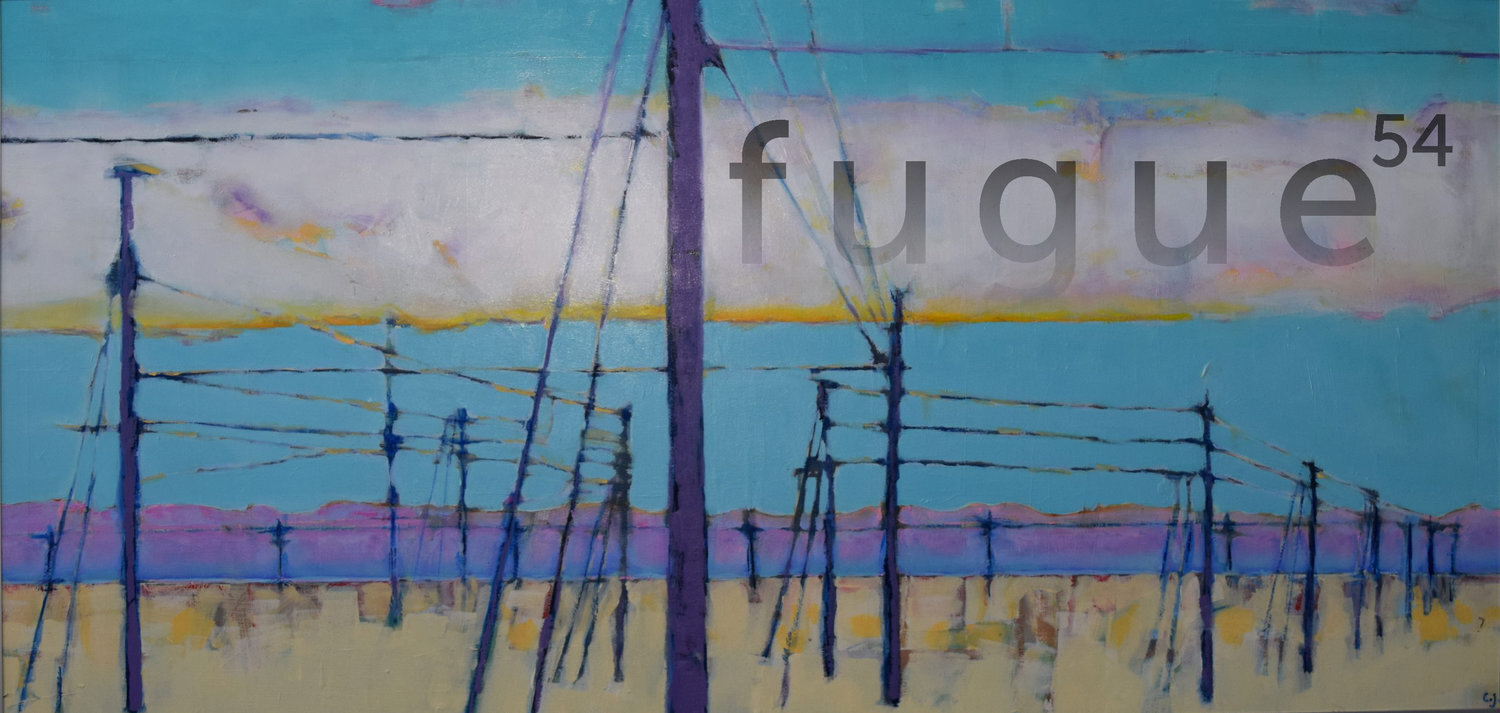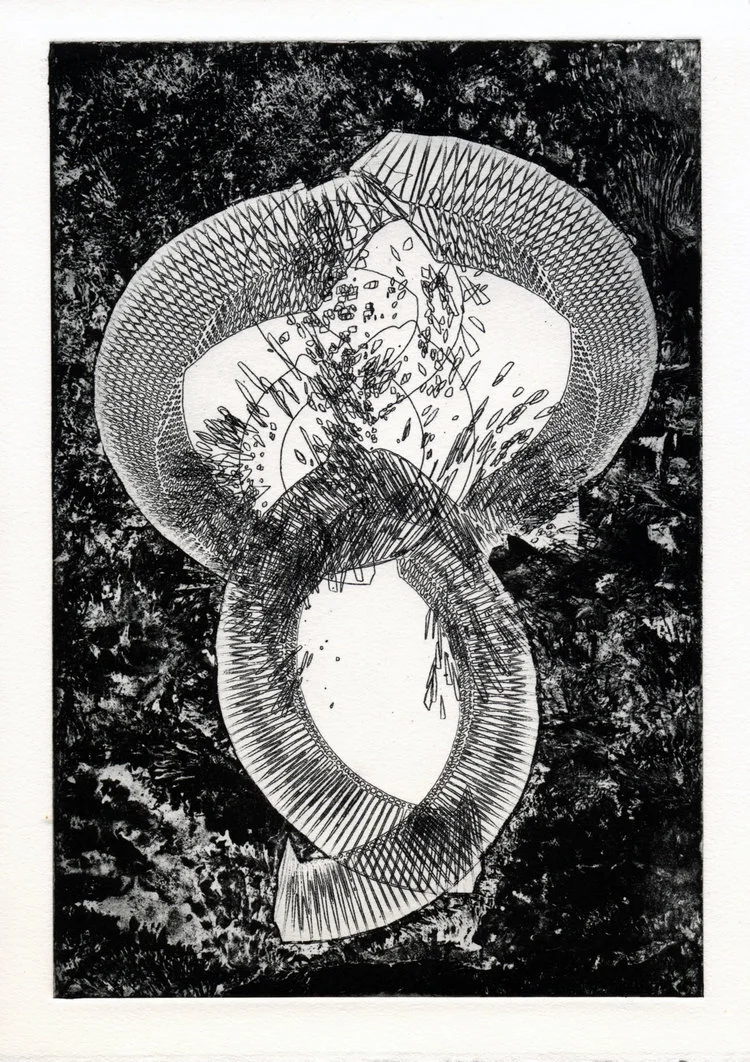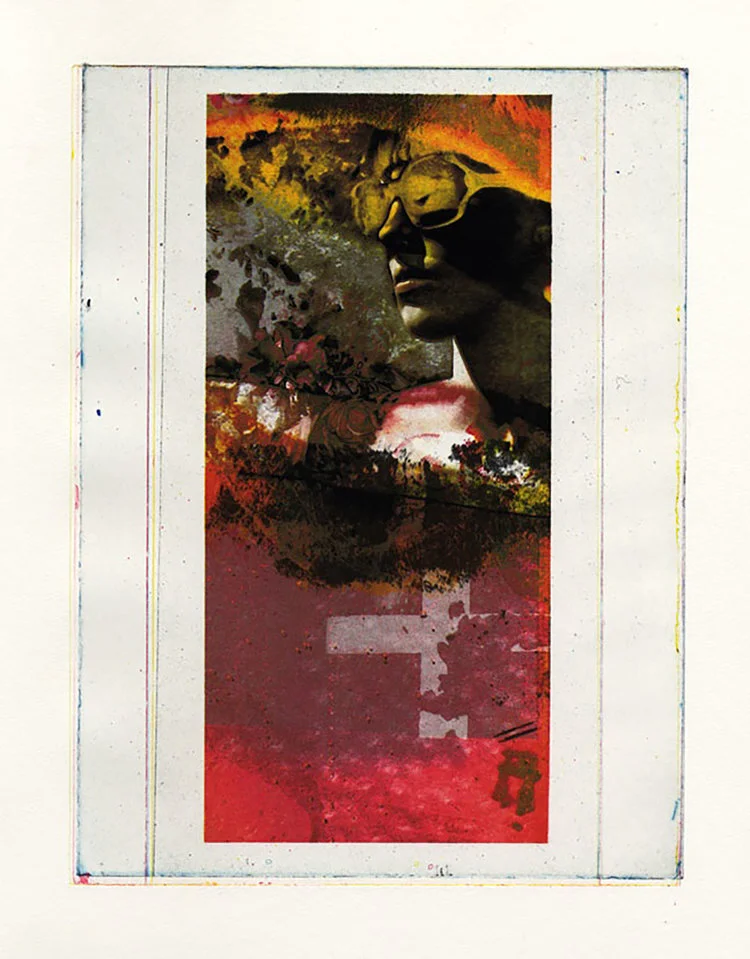
3 Pieces and an Interview
Marchelo Vera
with Sarah Vangundy, Images | Etc. Editor
SARAH VANGUNDY: In looking at your work, I'm struck by the multiple levels of hybridity and the sometimes joyful, sometimes clinical ways you seem to play with the veils that separate different media, cultures, and even historical periods. Could you tell us anything about how and why these great visual tensions emerge in your work or just speak your relationship with the idea of hybridity in art in general?
MARCHELO VERA: That’s an interesting observation! As a kid, I wanted to be an archeologist, but coming from my socio-economic background and neighborhood, this was not very practical. I have always lost myself in books emphasizing the timelines and details of various periods throughout our history. Currently, my research interests and ideas are based in the sociology of work, gentrification and globalization. The hybrid form to me is very much in line with the idea of a global culture because it allows the artist to make use of a diverse range of mediums and expanding technologies that bridge together and create new possibilities. I often use smartphone technology as an example because it’s something that mostly all people in developed countries can relate to. Today many technologies that were once separated from each other such as the phone, television, radio, GPS system, etc. have all converged into one device. I find collaboration meaningful as it often has a potential to create unique experiences and projects that are strengthened by a dialogue stemming from various perspectives. My education and professional background in electronics, information technology and graphic communications has also really impacted my views. Having worked in New York City at an international level in editorial and marketing environments, I was very much affected by seeing how photographers, writers, models, editors, designers and production all worked together to successfully complete projects from concept to completion. Relationships are important in all forms.
SVG: Your life and work are very international; you refer to yourself as "internationally based," which I love. How do notions of place and citizenship affect your work?
MV: My personal experiences and passion for cultural exchange have greatly influenced my views on the ideas of global citizenship. The internet has no boundaries; most people can start there.
Puerto Rican culture is a diverse mix of Taino, African and Iberian influences all rolled up into a unique form of Caribbean traditions. I experienced very different “places” growing up between the United States and a country with a complicated history of colonization. It took me time to embrace these differences of language and culture, but they are now very much rooted in my identity.
During graduate school, I found myself relating to a lot of the issues and concerns that incoming international students were facing. Many of my studio friends were from various parts of East Asia and I was very much impacted by some of their collective mannerisms and the non-western materials that they were using in their art making processes. I regularly spend months at a time abroad where I do not speak the language, these experiences although emotionally and physically challenging at times have had a positive and meaningful impact on my life views. The idea of citizenship has come up throughout my travels in several ways; I sometimes get stopped by TSA and customs a little too often. As a Puerto Rican-American I relate to some of the sensitive issues of citizenship that come up when looking at the complicated histories shared between U.S./Mexico or Taiwan/ People's Republic of China. No matter your viewpoints, the world is increasingly becoming smaller every day and modes of production continue to evolve.
SVG: You work in a broad range of media (photography, print, installations, sculpture, etc.). Do certain concepts propel you toward one media or another? What dictates the forms you choose?
MV: I don’t think that my ideas or conceptual developments are always tied to a particular medium, but some technologies and materials do contribute to the overall experience of how an audience may interact with my work. Process is very important to me and affects my work because mishaps and obstacles allow for development and create alternative possibilities. I have also had to adapt at times due to being limited by my lack of access to certain equipment or materials. As a print media artist that is open to both traditional and contemporary printmaking techniques, I am just now able to make use of post digital emerging technologies through the Makerspace at my new academic appointment at The College of New Jersey. I have a lot of admiration for artists that can work through one primary medium. My nature finds satisfaction in the layering between physical and digital techniques that can interact together and because printmaking deals with ideas of the multiple, my body of work takes shape through various forms.
SVG: Your four color intaglio prints (including Vision Aviators, 2006) have so much energy! Can you talk a little about working in intaglio?
MV: I studied under Keith Howard at Rochester Institute of Technology during my early twenties and I thrived in the environment. I think my passion really shows in how I was approaching photography, graphic design and printmaking at the time. Coming from a vocational background, fine art was very new and exciting for me and I began to move away from commercial printing to embrace my first intaglio press experience. I was also impacted by the Bauhaus model, the works of El Lissitzky, as well as my Sociology studies during this impressionable time. This is where my love of ImagOn grew, which is a very versatile photopolymer based process. That particular series of CMYK process color prints came about when I photographed my good friend BIZ at the time using Polaroid film. (Photo sessions would often develop from just hanging out with friends in the lighting studio or during aimless walks around Rochester.) I was exploring a combination of digital mark-making, drawing and design grid systems during these early years.
MARCHELO VERA is an internationally based Puerto Rican-American visual artist, educator, and designer. His professional experience includes working on global brands, identities, and publishing projects for New York City based fashion houses and world leading media companies including Armani Exchange, Simplicity Creative Group, Hearst, Meredith, and Bonnier. For more, visit marchelovera.com
Fiction
Women and Children | E.G. Cunningham
Magic Tattoos | Rosanna Durst
Premonitions of a Valley Girl | Cat Ingrid Leeches
In 1953, the Inuit Told Us of Nanuq | John Patrick McShea
Vaseline and Cherry Blossom Petals | R. Cross
Poetry
Recuperation | Kayla Krut
Ember | Caitlin Scarano
2 Poems | Bojan Louis
Solstice | Gerry LaFemina
3 Poems | Jen Town
2 Poems | Matthew Dickman
2 Poems | Meg Freitag
Close-Up Magic | H.R. Webster
Mercury Topaz | Mike Soto
Knot or Very | Nathan Wade Carter
Definite Article | Brandon Amica
Nonfiction
Gravidarum | Michael Levan
I Am Not A Modern Woman | Kelly Dulaney
The Culinary Lessons of a Person Without Needs | Melanie Hoffert
Notes from the Split-Level | M.W. Jones
To the Grocery Clerk Whose Name Tag Read Alice: | Alex Myers
Hybridity
7 Pieces | C.J. Moll
Our Menu Options Have Changed | David Sheskin
3 Photo-Poems | Alex Sarrigeorgiou
3 Pieces | Marchelo Vera
An Excerpt from Litany for the Long Moment | Mary-Kim Arnold
Features
An Interview with Matthew Dickman | Corey Oglesby, Editor-in-Chief
6 Questions for Bojan Louis | Fugue Staff
A Cozy Chat with Colson Whitehead | Caitlin Palmer, Fiction Editor
An Interview with Mary-Kim Arnold | Lauren Westerfield, Nonfiction Editor


